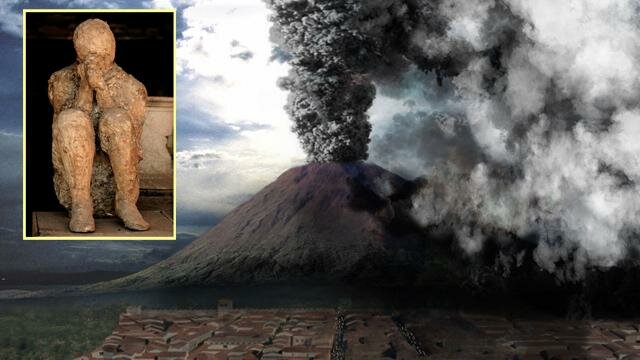Мар 27 2013
Frozen in time
Frozen in time…
Plaster casts of victims buried following the eruption of Mount Vesuvius around 2,000 years ago.
They are part of a major exhibition of more than 250 archaeological discoveries in the British Museum about the Roman cities of Pompeii and Herculaneum.
Jewellery still intact, a cot turned to charcoal… they offer a snapshot of the lives of ordinary people at the time.
Vocabulary to learn:
frozen — заморожені (тут — застиглі)
plaster casts — гіпсові статуї
archaeological discoveries — археологічні знахідки
charcoal — деревне вугілля
snapshot — моментальний знімок, (тут — замальовка життя)
Mount Vesuvius, a composite volcano, erupted in AD79 and killed thousands of people in the Roman cities of Pompeii and Herculaneum.
Archaeologists have discovered hollows in the volcanic ash where the victims’ bodies fell and eventually decayed. They have filled these cavities with plaster to see the outline of their final resting places.
For many years it was assumed that lava killed the people of Pompeii and Herculaneum, but volcanologists later discovered it was something far more deadly. Learn more about Mount Vesuvius and its historic eruption with the video above.
Image: A plaster cast of a Roman Vesuvius victim in Pompeii (inset); A computer-generated graphic of the eruption (main image)




